BlackEco
- 26 Posts
- 158 Comments

 363·12 days ago
363·12 days agoAI bros are trying really hard to convince people that their parrots can be useful in business settings.

 134·1 month ago
134·1 month agoWho the fuck announces a product on a Sunday? They must not have much hope this will sell…

 101·1 month ago
101·1 month agoTelegram are being paid by xAI to use their product? Isn’t it supposed to be the other way around?

 14·2 months ago
14·2 months agoTitle card on the end reads “Captured on PS5” and Digital Foundry were 99% sure the first trailer was in engine.

 1419·2 months ago
1419·2 months agoHoly crap, that’s some next-level photo-realism they were able to achieve on… reads notes PS5! 🤯 The story and gameplay look promising as well.
There’s an issue on Bazzite’s repo asking for
new-lg4ffand other kernel modules to be added. While the issue is still open, it describes a workaround[1][2] but it requires building the DKMS module and layering it on top of Bazzite on every kernel update.Edit: re-reading your post and Oversteer’s README your wheel should be supported by the default kernel, I’m not sure
new-lg4ffwill fix your issue (and the latter does not list the G920). The issue must be somewhere else. I wish I could help you, but I have yet to try Assetto Corsa and Dirt Rally with my Driving Force GT on Bazzite.
I haven’t used an immutable distro, but if it’s a problem, I’m sure that there’s a way to defeat the immutability. If it just mounts the root filesystem read-only, then
# mount -o remount,rw /Will probably do it.
It will work until the next reboot (and I believe it won’t work on Fedora 42 as it now uses composefs), on Fedora Atomic Desktops you have to use layers to add additional packages using rpm-ostree
(Edit: formatting)

 121·2 months ago
121·2 months agoMost probably Microsoft has set objectives for how much LoC are from LLMs and developers invented numbers to match that metric (because they probably have things more important to do than counting LoC)
This. Just setup fail2ban or similar in front of Jellyfin and you’ll be fine.

 8·3 months ago
8·3 months agoExactly, I don’t understand why so few articles covering the trial suggest Chrome going independent as an option.

 92·3 months ago
92·3 months agoI don’t know why, somehow it just feels different to me. Or maybe it’s just the state of the world that tries to dehumanize everything with “AI” that depress me.

 194·3 months ago
194·3 months agoJust the thought of sex robots depressed me even more than the state of the world already had.

 461·3 months ago
461·3 months agoAndroid has always been developed in a closed-source manner by Google engineers, the recent changes only reduces the visibility of ongoing changes and the ability for developers outside of OEMs to contribute to Android (such contributions were already rare).
This is explained further in this article:
While some OS components, such as Android’s Bluetooth stack, are developed publicly in the AOSP branch, most components, including the core Android OS framework, are developed privately within Google’s internal branch. Google confirmed to Android Authority that it will soon shift all Android OS development to its internal branch, a change intended to streamline its development process.

 19·3 months ago
19·3 months agoDo it! Do it! Do it!

 2·3 months ago
2·3 months agoI was going to play the first one on PS3 before playing through Part II, but if the Collection comes out on PC before then, I might buy it and play both games on PC instead.

 15·3 months ago
15·3 months agoMost likely they use a translation layer (think Wine, Proton or DXVK) rather than emulation, since the Switch 2 hardware is not completely different from Switch 1 and it’s not as costly as emulation, so I would say neither.
Edit to clarify emulation vs translation layer:
Emulation re-creates the entire hardware, while translation layer translates programming instructions intended for one platform to another, just like you would translate “one plus two” from English into “um mais dois” in Portuguese for exemple.
Since both Switch don’t have completely different hardware (unlike PS3 and PS4 for example) it’s probably easier and much more efficient to simply translate instructions that were specific to Switch 1 into Switch 2 instructions.
Edit 2: also Yuzu and Ryujinx are designed to emulate Switch on the x86 architecture, and since Switch 2 (and Switch 1) run on ARM, I’m pretty sure these emulators wouldn’t run on Switch 2 without massive re-engineering efforts. Also, as someone else said, these projects are reverse-engineered, it makes much more sense that Nintendo engineers create an emulator from scratch using their own internal documentation of Switch 1 architecture (again, it’s unlikely they went for emulation as I stated above) so the result is much more reliable than both Yuzu and Ryujinx.

 251·3 months ago
251·3 months agoThat sentence intrigues me
we did something that’s somewhere in between a software emulator and hardware compatibility
What do they emulate vs. what was added in hardware to ensure compatibility?

 8·4 months ago
8·4 months agoIt’s for far more than just deploying VMs: you can create pretty much anything you can on a cloud provider, such as databases, network rules, access tokens, object storage, etc.

 39·4 months ago
39·4 months agoTerraform is part of a movement called “Infrastructure as Code” (IaC) which allows engineers to define their cloud infrastructure using code.
This is extremely useful as it allows you to:
-
version infrastructure changes
-
automate resource and configuration creation and management
-
have reproducible environments (think production and staging envs, or deploying a new production env to another datacenter)
Terraform (and OpenTofu) is different to most IaC project as it is agnostic of cloud providers: you can use it to deploy infrastructure to multiple providers, where their competitors are limited to their own platform (I think of AWS’s Cloud Development Kit)
-



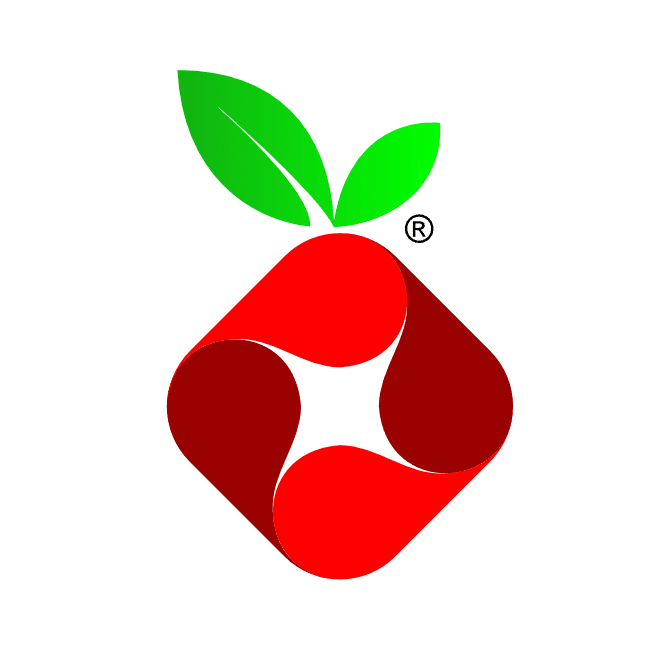


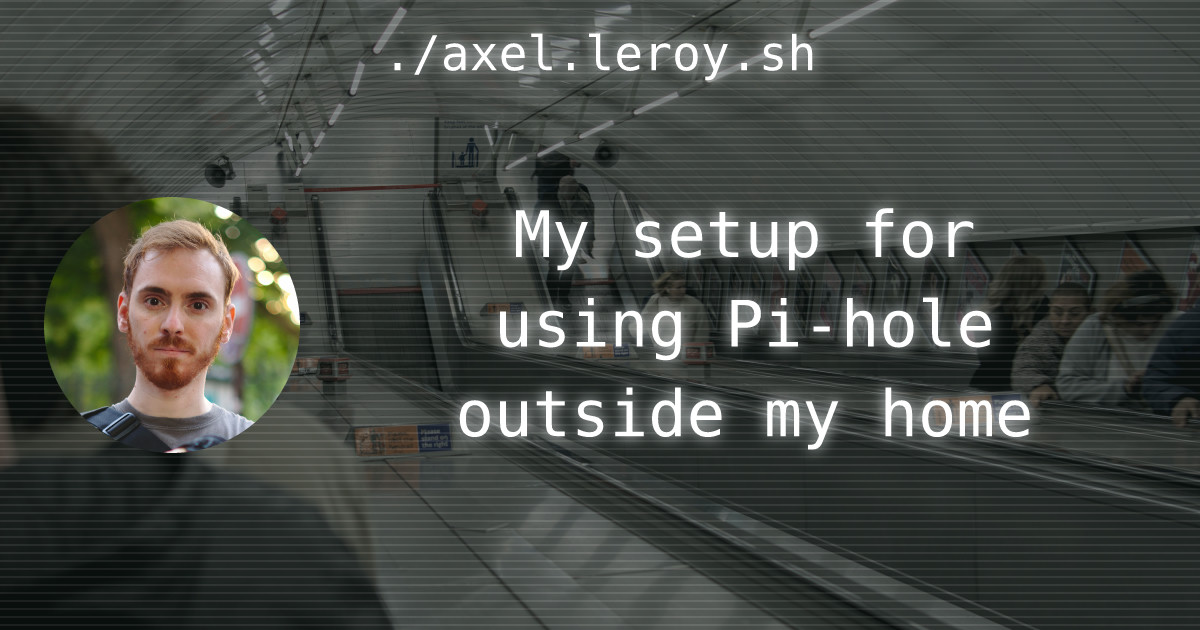


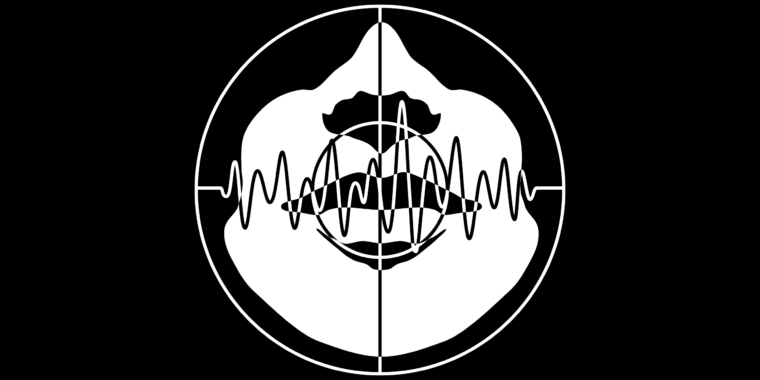
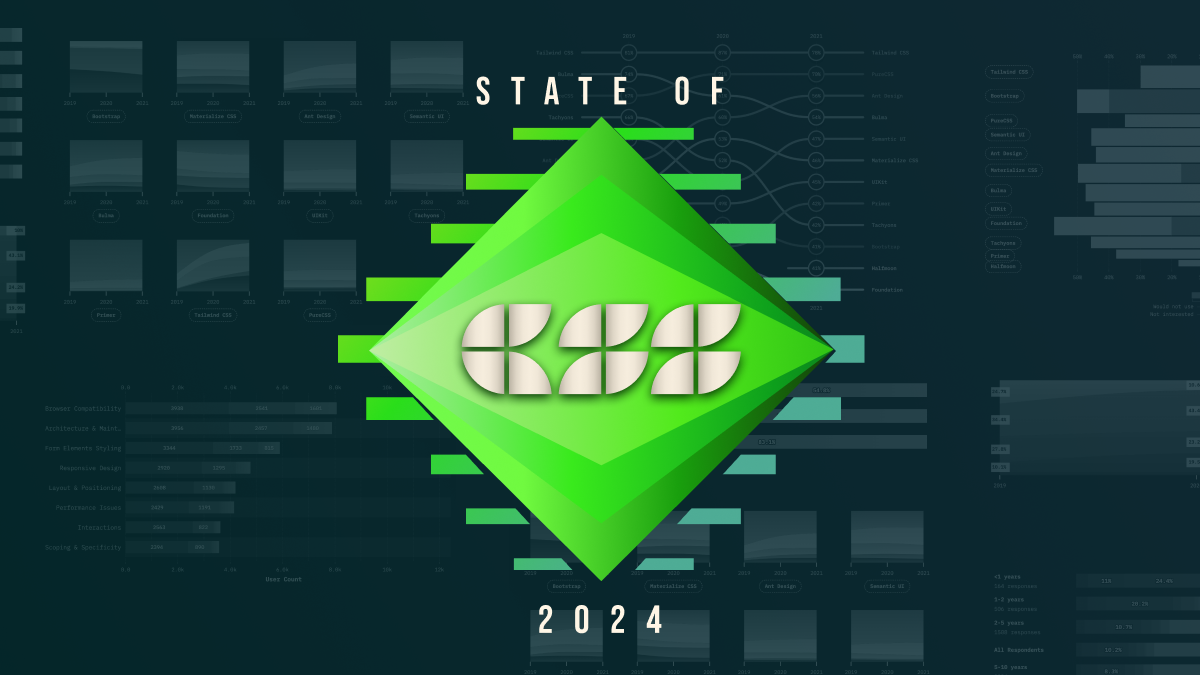

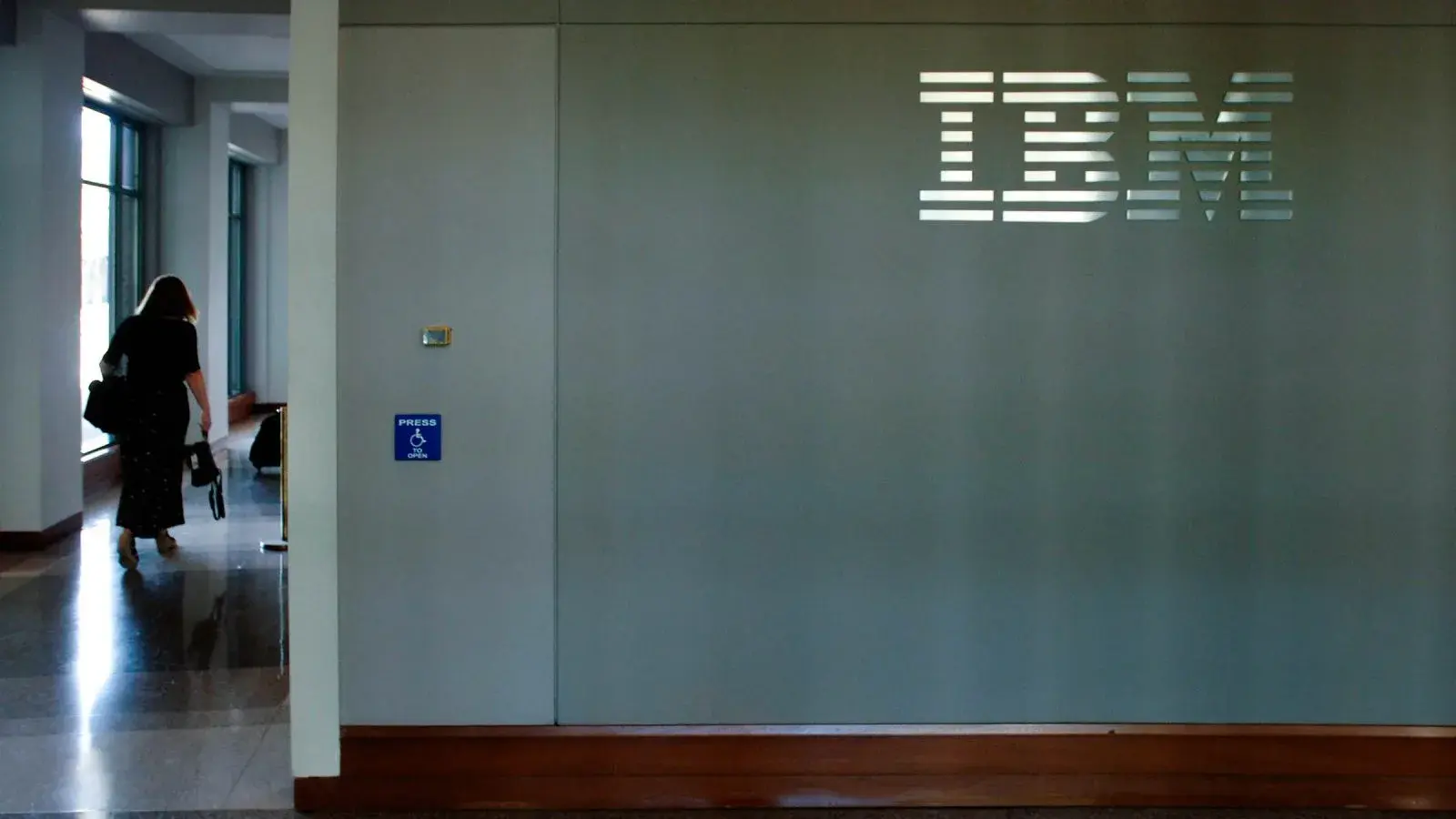
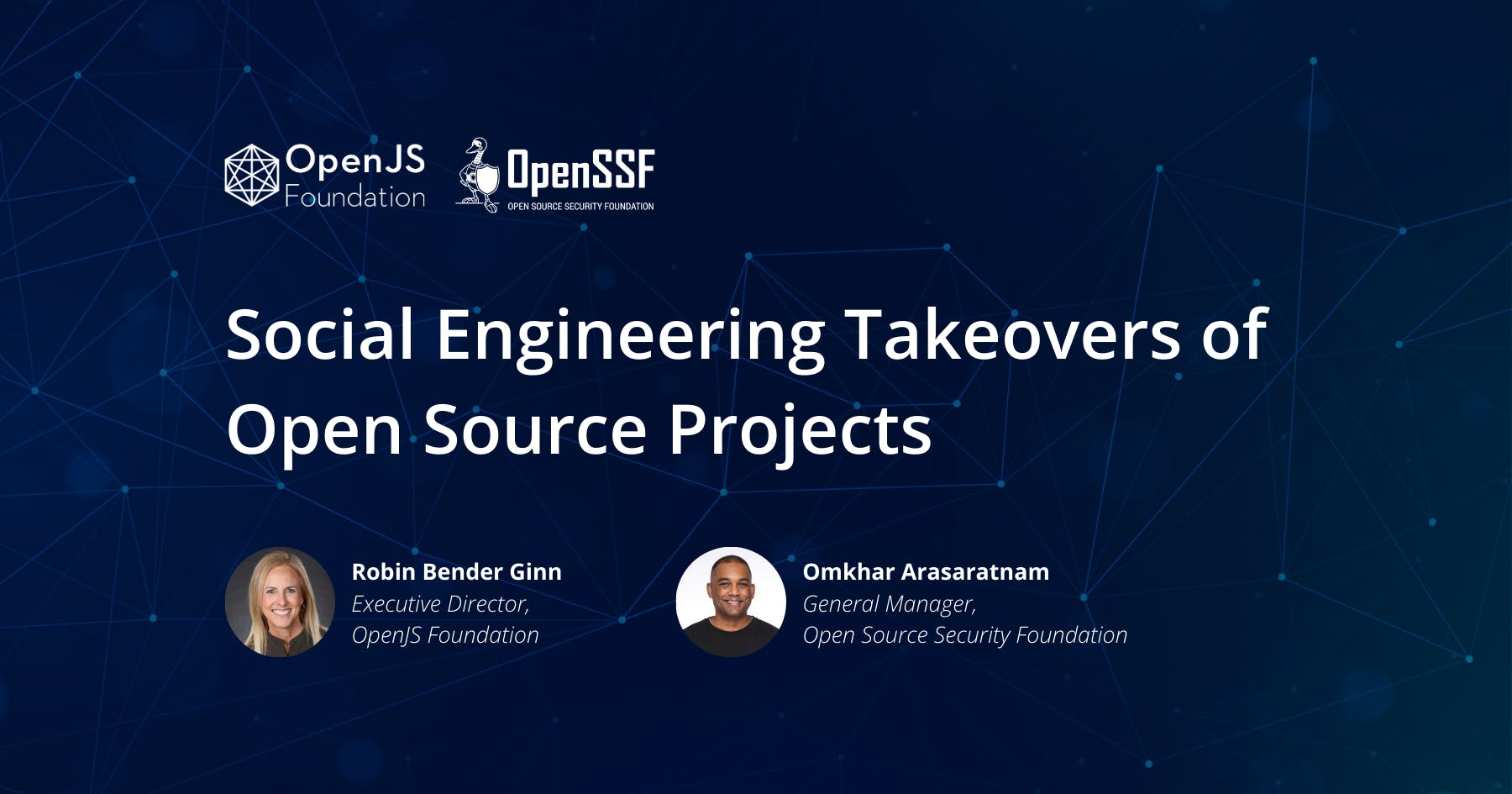
This. I have been using it a lot lately to manipulate CSVs, it is such a godsend.